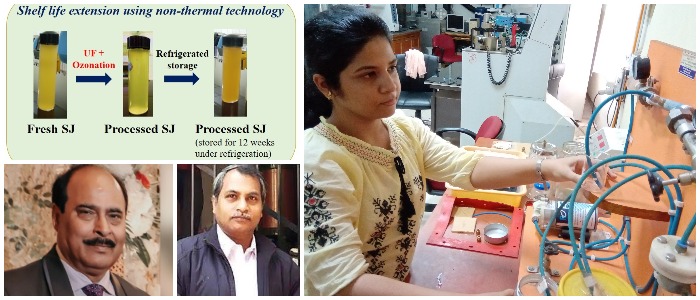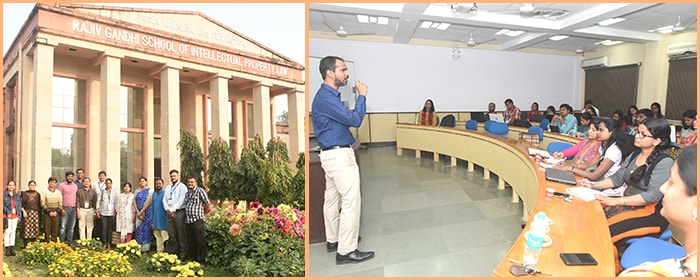
Ozone and Ultra-filter based manufacturing tech to extend shelf life of packaged Sugarcane juice
Researchers at IIT Kharagpur have developed new process technology based on ozonization and ultra filtration for manufacturing shelf-stable sugarcane juice Sugarcane juice is a refreshing drink with an enriched nutritional profile. The juice accommodates health components such as, phytonutrients, antioxidants, and vitamins (like Vitamins C&B) which offer quick relief from heatstroke, dehydration, constipation, jaundice, etc. by supplying instant energy. Owing to the absence of simple sugars and low glycemic index (30-40), its average intake by diabetic persons is also acceptable. However, the colour and flavour unique to the juice get deteriorated immediately after its extraction due to biological processes of…

